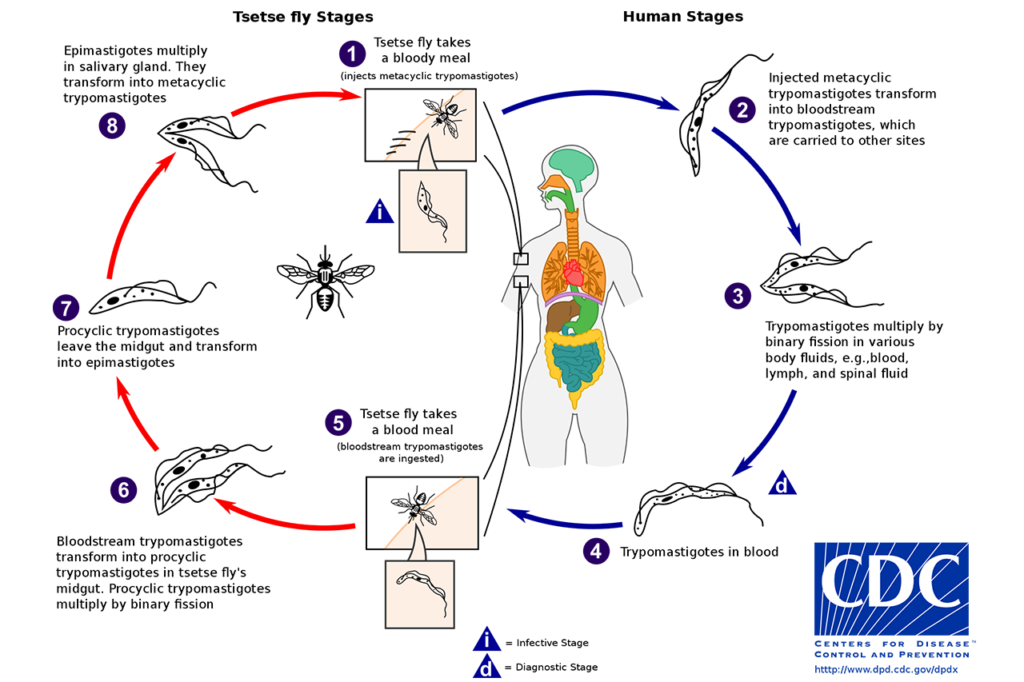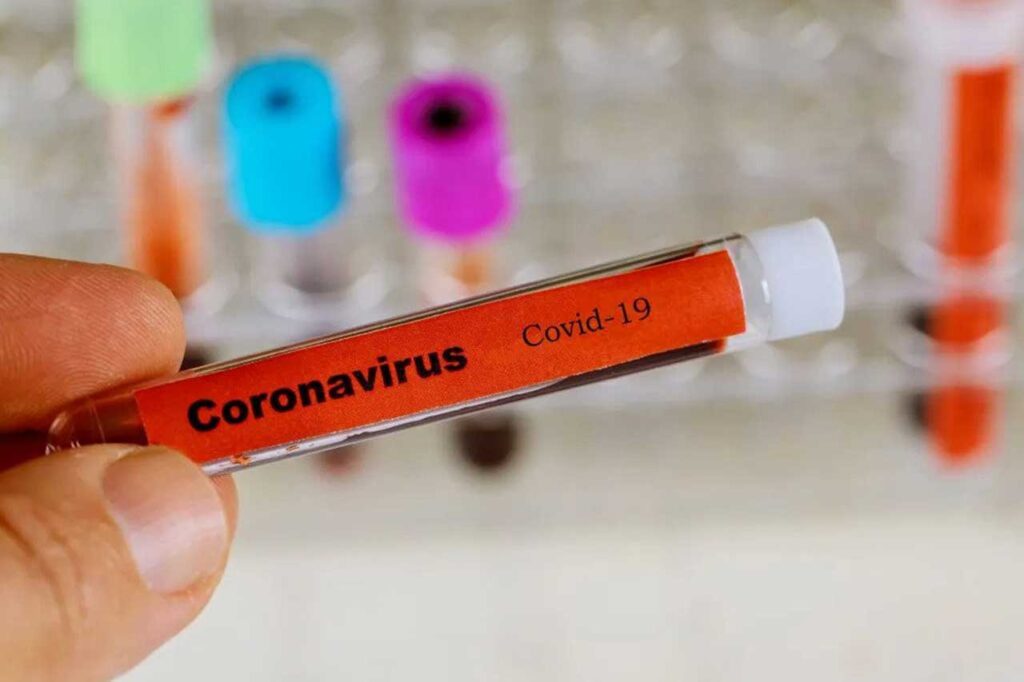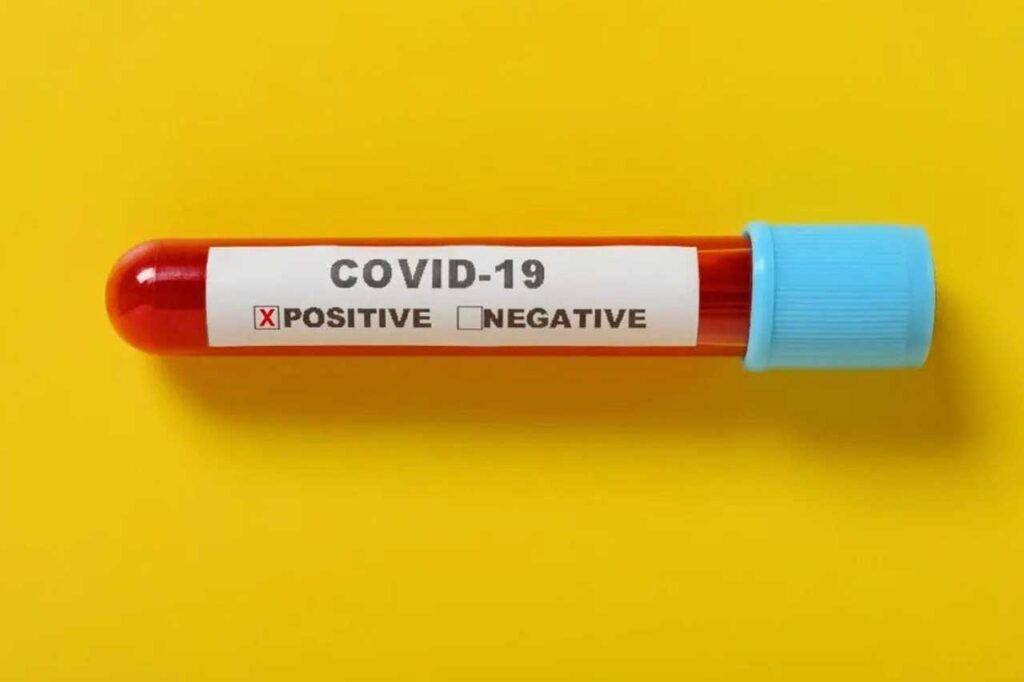Chinese government delcares a “decisive victory” in the battle against COVID-19
In what could well be an ironic “storm before the lull” sort of statement, the Chinese government has declared a “decisive victory” in the battle against COVID-19, even as the figures show otherwise. Furthermore, the government is claiming it has wrought “a miracle in the history of human civilization” in successfully steering China through the […]
Chinese government delcares a “decisive victory” in the battle against COVID-19 Read More »









